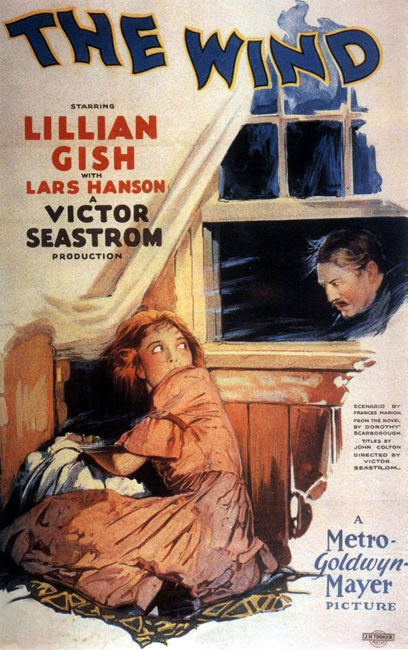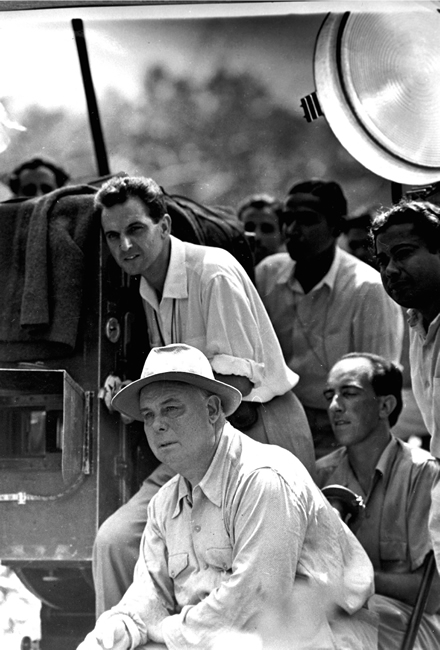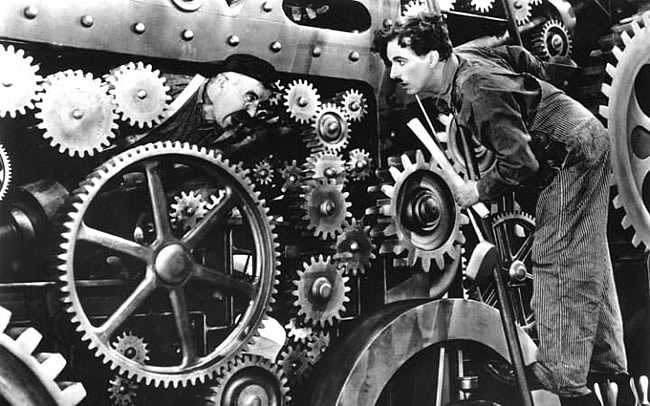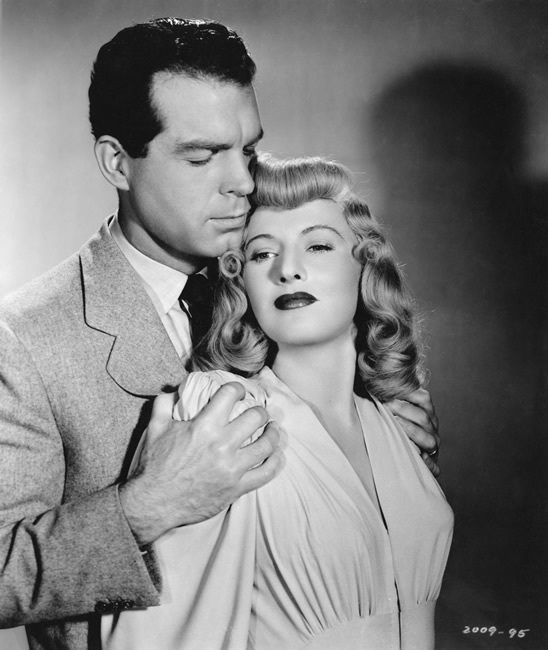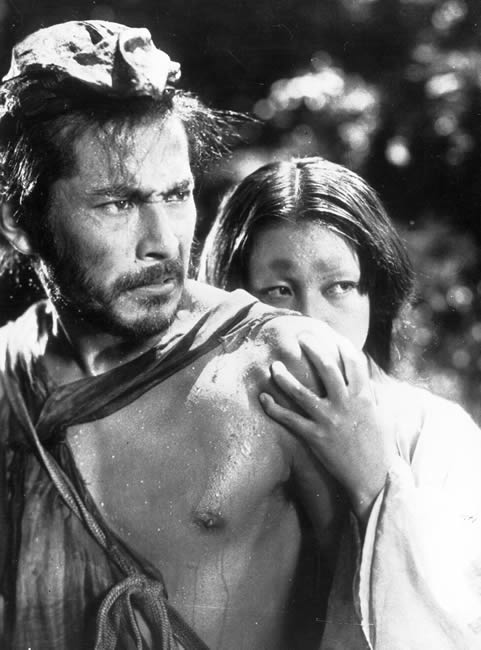
Production photo from Rashomon (1950)
“Rashomon would be my testing ground, the place where I could apply the ideas and wishes growing out of my silent-film research. To provide the symbolic background atmosphere, I decided to use the Akutagawa “In a Grove” story, which goes into the depths of the human heart as if with a surgeon’s scalpel, laying bare its dark complexities and bizarre twists. These strange impulses of the human heart would be expressed through the use of an elaborately fashioned play of light and shadow.”
— Akira Kurosawa, as quoted in Something Like an Autobiography


